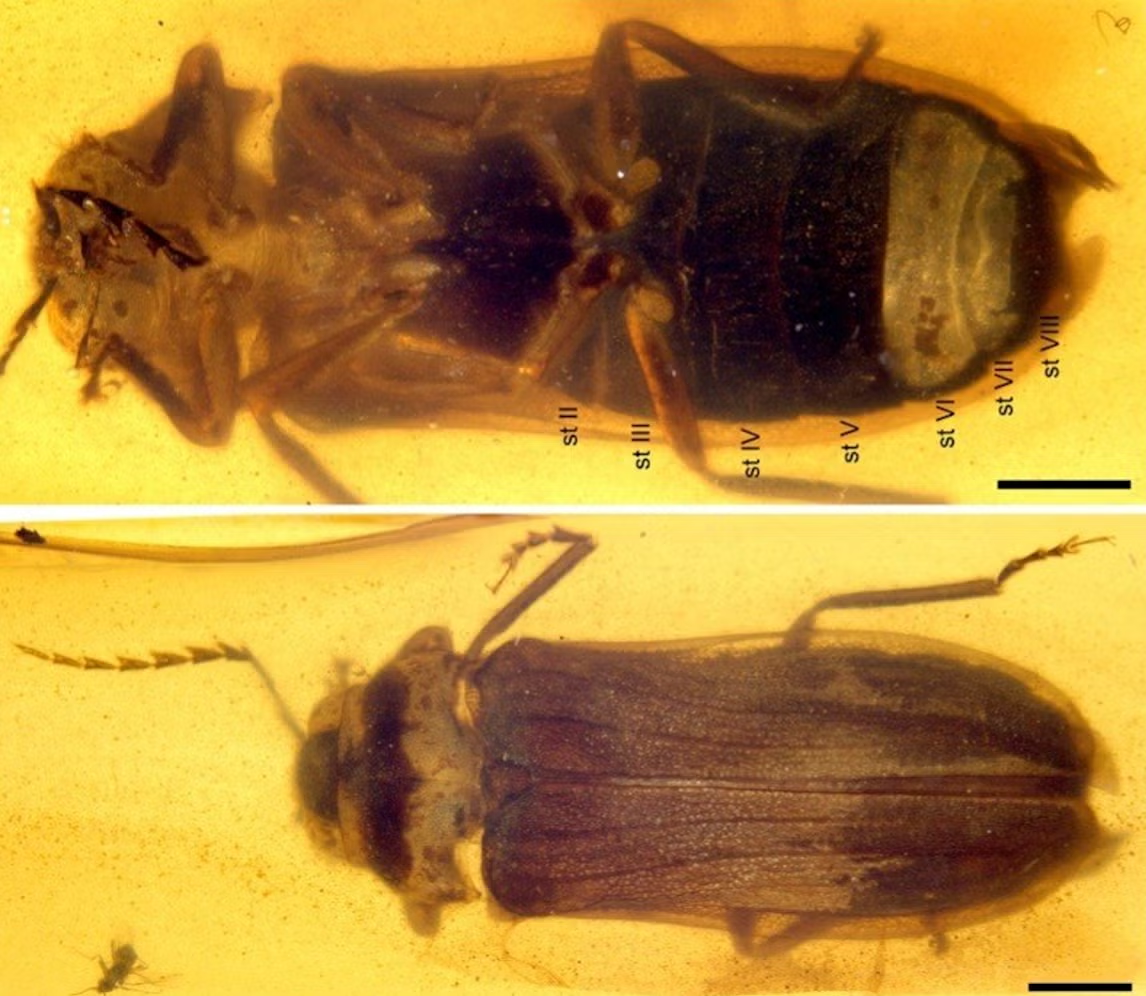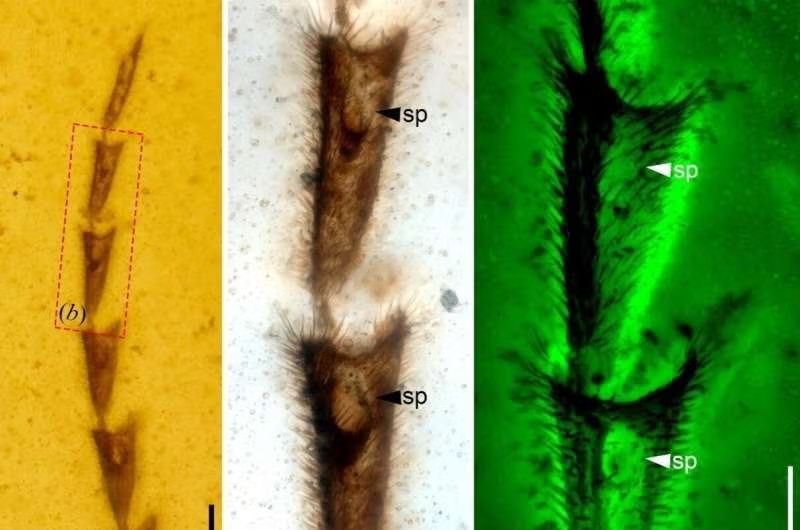Your support helps us to tell the story
Support NowThis election is still a dead heat, according to most polls. In a fight with such wafer-thin margins, we need reporters on the ground talking to the people Trump and Harris are courting. Your support allows us to keep sending journalists to the story.
The Independent is trusted by 27 million Americans from across the entire political spectrum every month. Unlike many other quality news outlets, we choose not to lock you out of our reporting and analysis with paywalls. But quality journalism must still be paid for.
Help us keep bring these critical stories to light. Your support makes all the difference.
A strange fossil firefly found trapped in amber in Myanmar is shedding new light on the origin of glowing insects, scientists say.
Several deepsea fish, mushrooms and insects are capable of emitting light in a phenomenon called bioluminescence. In today’s world, most bioluminescent organisms belong to the order Coleoptera, particularly the larger Elateroidea family that includes fireflies, click beetles and their relatives.
Most insects of this species have soft bodies, though, making it hard to find fossils and trace the origin of the bioluminescence.

The early evolution of bioluminescence in fireflies is therefore mostly unknown, researchers at the Chinese Academy of Sciences say.
Firefly fossils are particularly rare, with a solitary example reported previously dated to the Mesozoic era of the dinosaurs 252 to 66 million years ago.
The Burmese amber containing the fossil firefly from about 145 and 65 million years ago, representing a transitional stage in the evolution of its species, was only found in 2021.
The Chinese Academy of Sciences researchers say the fossil insect represents a new genus and species called Flammarionella hehaikuni.
A distinguishing feature are oval-shaped sensory receptors. The researchers say the ancient firefly likely had special organs for sensing smell as well.
The organ emitting light near the tip of its abdomen closely resembled that of the modern firefly.
“The light organ near the abdominal apex of Flammarionella resembles that found in extant light-producing lucioline fireflies,” researchers say.

This is in contrast to the light organs of other beetle species belonging to the cretophengodes group.
The study confirms that the features that enabled fireflies to grow have remained evolutionarily stable. “Growing fossil record of lampyrids provides direct evidence that the stunning light displays of fireflies were already established by the late Mesozoic,” the scientists say.
The findings also show that even during the time of the dinosaurs there were diverse types of light organs among insects.
Researchers hope future fossil discoveries can further illuminate the evolution and mechanisms behind the origin of insect bioluminescence.
Disclaimer: The copyright of this article belongs to the original author. Reposting this article is solely for the purpose of information dissemination and does not constitute any investment advice. If there is any infringement, please contact us immediately. We will make corrections or deletions as necessary. Thank you.



